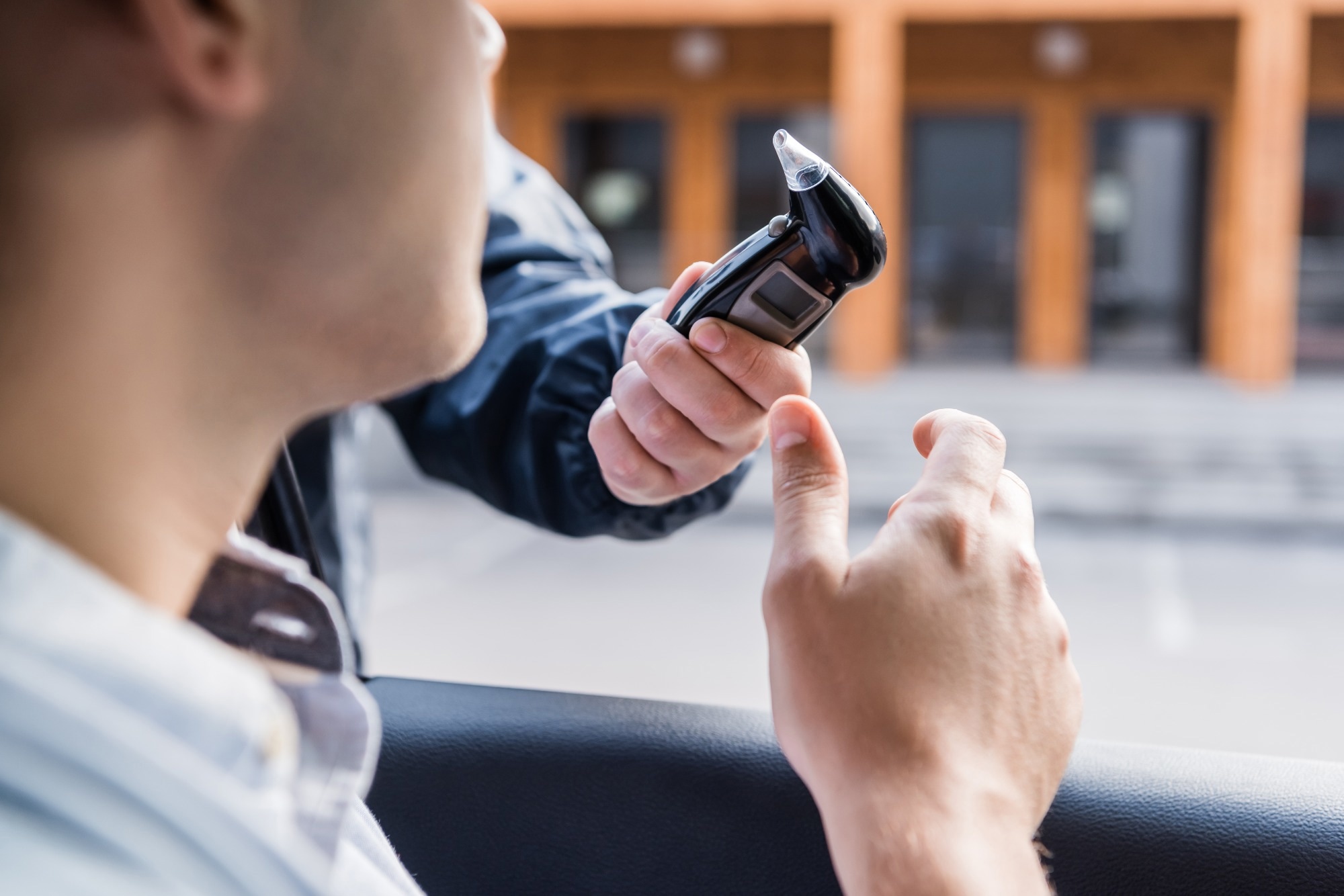Reviewed by Alex SmithOct 6 2022
A UCLA chemist and co-workers are now a step ahead in their aim of building a handheld tool like an alcohol Breathalyzer that can sense THC on an individual’s breath after smoking marijuana.
 Neil Garg, the Kenneth N. Trueblood Professor of Chemistry and Biochemistry and Chair of the Chemistry and Biochemistry Department. Image Credit: University of California, Los Angeles
Neil Garg, the Kenneth N. Trueblood Professor of Chemistry and Biochemistry and Chair of the Chemistry and Biochemistry Department. Image Credit: University of California, Los Angeles
Neil Garg, UCLA Professor of Organic Chemistry, and researchers from the UCLA startup ElectraTect Inc. elaborate on the process by which THC is introduced in a solution, into their lab-made device can be oxidized, generating an electric current whose strength shows how much of the psychoactive compound is available. This paper was published in the journal Organic Letters.
The researchers said that with the recent decriminalization or legalization of marijuana in many states, along with California, the accessibility of a tool like Breathalyzer can aid in making roadways safer. Research has shown that marijuana consumption disturbs some driving skills and is linked with a considerably high risk of accidents.
In 2020, Garg and Evan Darzi, a UCLA Postdoctoral Researcher, found that eliminating a hydrogen molecule from the bigger THC molecule made it noticeably change colors. This oxidation process is akin to that employed in alcohol breath analyzers that convert ethanol into an organic chemical compound via hydrogen loss. In most latest alcohol breath analyzer tools, this oxidation results in an electric current that exhibits the existence and concentration of ethanol in the breath.
The scientists have been working with their patent-pending oxidation technology to build a THC breath analyzer that functions similarly. The patent rights have been exclusively licensed by ElectraTect from UCLA.
How the New Device Works
Darzi, who is the current CEO of ElectraTect, Garg, and ElectraTect scientists discuss how their latest lab-scale THC-driven fuel cell sensor works.
When THC (scientifically called Delta-9-tetrahydrocannabinol) makes contact with a negatively charged anode, or electrode, on one side of the H-shaped glass chamber of the device, it gets oxidized into a new compound called THCQ, which sends electrons throughout the chamber to a positively charged cathode, or electrode, on the other side, creating a measurable electric current. The more the THC molecules concentration, the stronger the current.
This progress indicates the first time THC has been employed to charge a fuel cell sensor. The scientists stated that they believe that the comparatively straightforward, low-cost technology, once perfected, can be enhanced for cost-effective mass production. They are now working to improve the device to sense and measure THC in exhaled breath and to shrink it to a further compact size ideal for use in a handheld breath analyzer or ignition interlock device, which is a breath analyzer coupled to the ignition of a vehicle to prevent starting if THC is sensed.
Making Marijuana Testing Easier—and Fairer
The researchers say that further than the suggestions for better roadway safety, the technology can make marijuana law enforcement reasonable. Usually, blood or urine tests are done to find the existence of THC in drivers.
Not only are these tests challenging to manage at the roadside, but also, because the compound can remain in the body for several weeks after the use of marijuana without any residual cognitive effects, such tests are not always beneficial for detecting impaired drivers. This confusion can result in imprisonment, fines, or employment loss, even if a person is not high upon testing.
The researchers stated that these issues indicate the requirement for advanced forensic technologies that are simpler and more precise for finding recent use of marijuana. Moreover, although a commercial marijuana breath analyzer may still be many years off, depending on its technology, Darzi and Garg stressed that a tool like that could ultimately have more advantages than traffic safety and law enforcement.
They say that their technological advancement could ultimately be employed in any scenario where fair marijuana testing is vital, including in the place of work, where employees may be operating machines, or at home, where people may be able to use it proactively one day - before they ever get behind the wheel.
 Image Credit: LightField Studios/Shutterstock
Image Credit: LightField Studios/Shutterstock
Journal Reference:
Huang, D., et al. (2022) A Cannabinoid Fuel Cell Capable of Producing Current by Oxidizing Δ9-Tetrahydrocannabinol. Organic Letters. doi.org/10.1021/acs.orglett.2c02289.